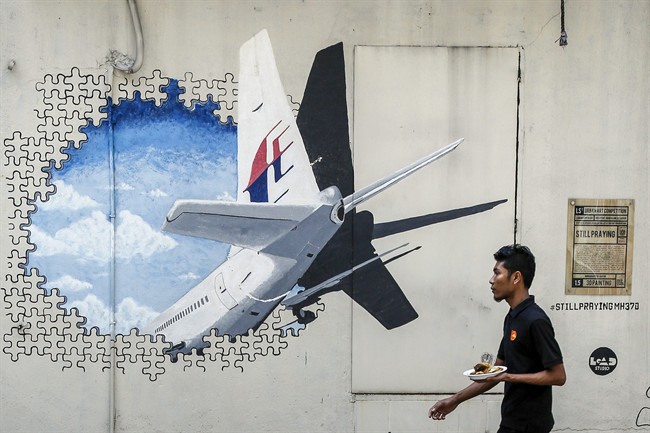Two years after the disappearance of Malaysia Airlines Flight MH370, the UN’s aviation authority has announced new rules that will require planes to transmit their location in real-time in the event of an emergency.

The new regulations mandate that aircraft must carry “autonomous distress tracking devices” which will automatically transmit location data from the plane at least once every minute to provide real-time tracking capabilities.
According to the International Civil Aviation Organization (ICAO), planes will now also be required to extend the duration of cockpit recordings to 25 hours.
READ MORE: Flight MH370 families file lawsuit in Chinese court
“Taken together, these new provisions will ensure that in the case of an accident the location of the site will be known immediately to within six nautical miles, and that investigators will be able to access the aircraft’s flight recorder data promptly and reliably,” said ICAO Council President Dr. Olumuyiwa Benard Aliu in a press release.
“They will also contribute to greatly improved and more cost-effective search and rescue operations.”

Get breaking National news
On March 8, 2014, MH370 vanished mysteriously with 239 people on board while flying from Kuala Lumpur to Beijing. After two years, it remains one of the biggest mysteries in modern aviation.
The Australian-led search effort to find the plane and its black box is to continue until June; however, the efforts have already cost more than $130 million after looking through a vast area of the Indian Ocean nearly 4 miles (6.5 kilometres) deep.
Investigators believe the plane flew far off course and ran out of fuel in the middle of the southern Indian Ocean. One confirmed piece of wreckage has been recovered, a part of a wing that washed up on an Indian Ocean island last year, and two other possible pieces have been found in the past week.
While experts have long been calling for real-time tracking efforts to be implemented, others believe that airlines need to do more to prevent another plane from simply disappearing.
READ MORE: How live-streaming black box data could prevent another Flight MH370 disaster
Many believe that live-streaming black box data might be the next step.
“If something goes wrong then you can have the system kick in and start streaming a lot more information to either help the plane before something tragic happens, or whatever might happen afterwards,” Doug Perovic, a professor in the University of Toronto’s department of materials science and engineering told Global News in 2014.
In 2010, Canadian aircraft manufacturer Bombardier announced its CSeries narrow-body jets, which came to market in 2013, would be the first commercial planes with the capability to transmit data instead of just recording it.
Calgary-based FLYHT Aerospace Solutions has developed a satellite and Internet-based system that allows data to be streamed to monitor aircraft systems and flight path, as well as provide voice data and text services.






Comments